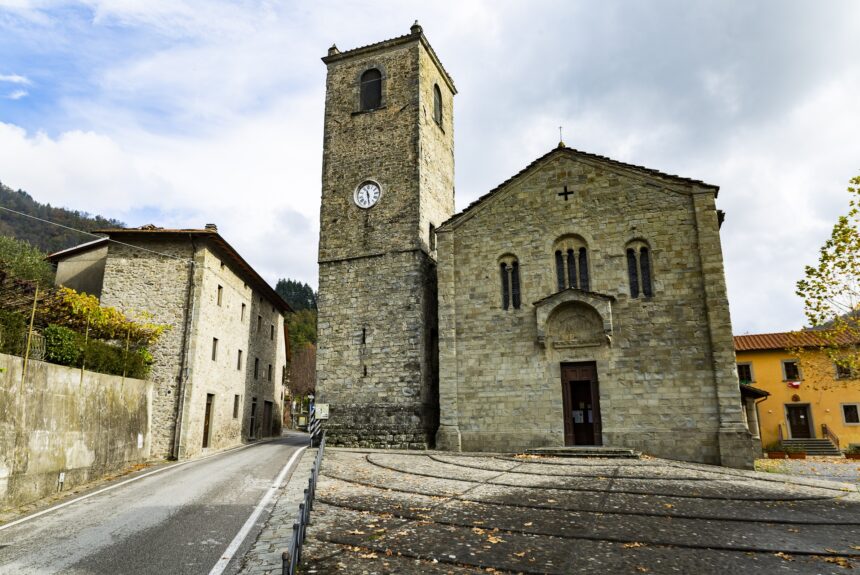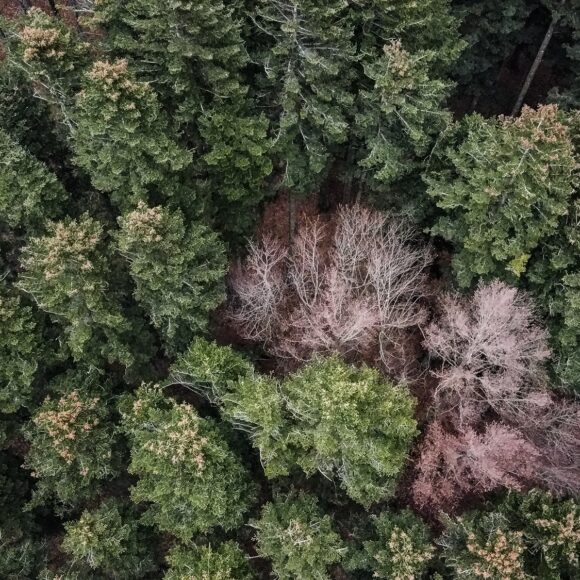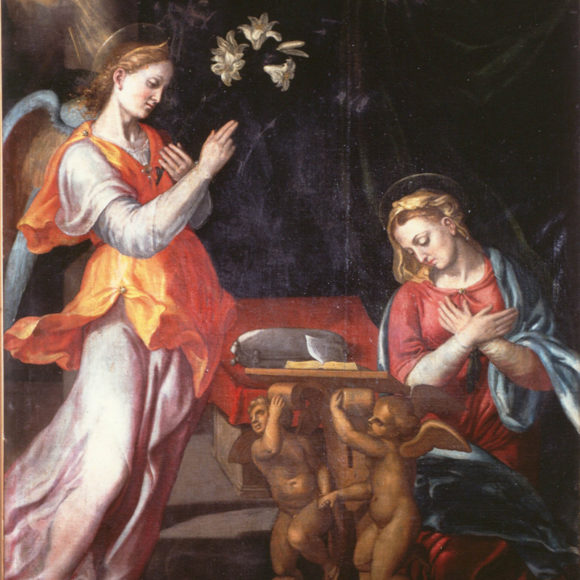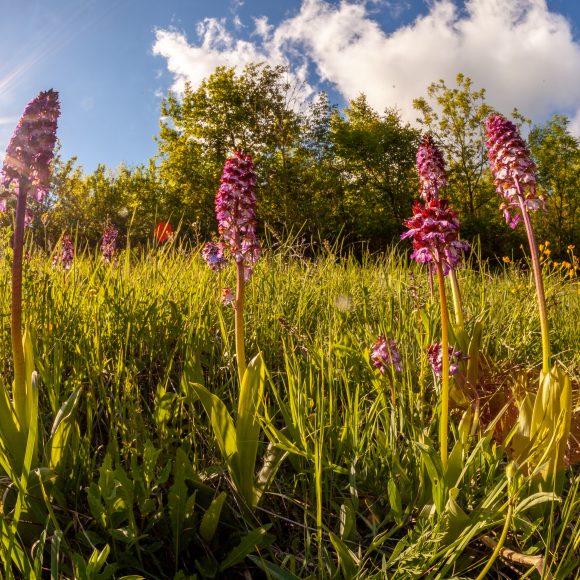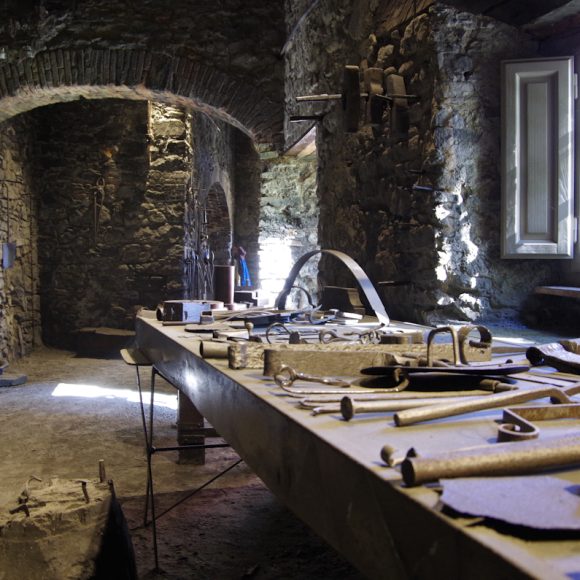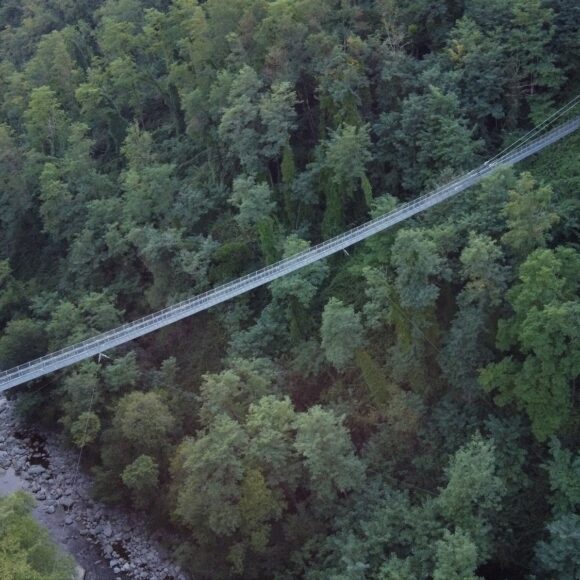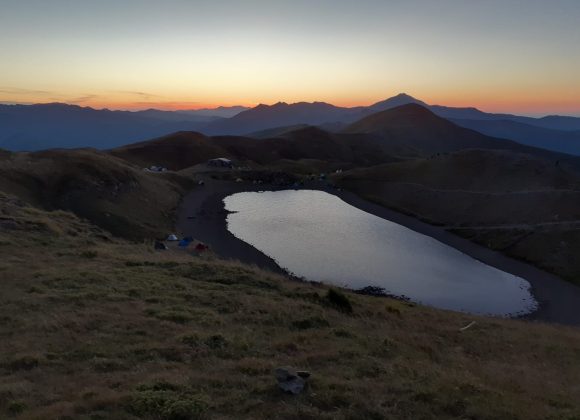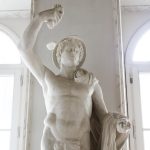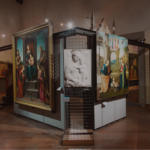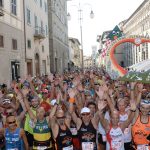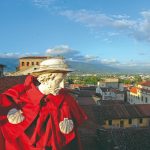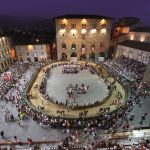Photo Credit: Comune di San Marcello Piteglio
routes / In the mountains
On the Cammino di San Bartolomeo from Pieve di Controne to Popiglio
Two days' trekking around the Porta Lucchese area
San Marcello Piteglio
On the way you can find your own personal peace and quiet and you can even be pleasantly surprised by the unexpected presence of one hamlet, strangely enough totally dedicated to art!
The Cammino di San Bartolomeo is a route that takes you into the heart of uncontaminated natural environments, typical of the Pistoia mountains. It is 100 km long and connects Fiumalbo with Pistoia, joining up all the sacred places dedicated to St. Bartholomew along the way. Trekking along the Variante della Porta lucchese of the Cammino di San Bartolomeo, you can appreciate a fine slice of the Apennine landscape, rich in romantic hamlets nestling in the arms of nature, but which is in fact, sometimes even rather wild. Taking it easily, it takes two days to walk along this historical pathway which once connected the Val di Lima to the Lucca countryside.
Stages Itinerary
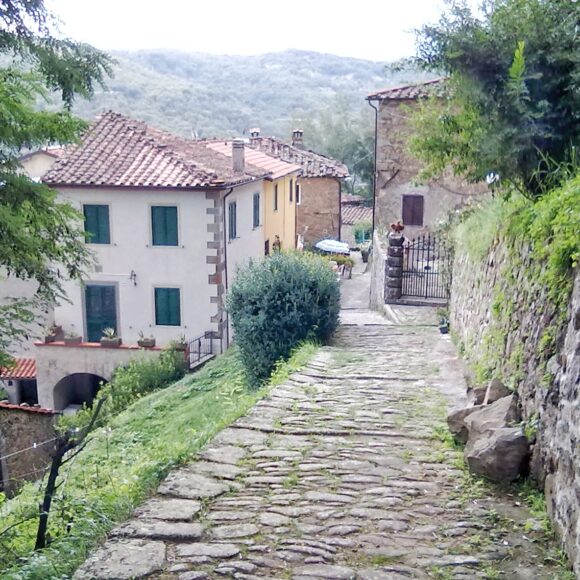
Pieve di Controne
San Marcello Piteglio
stage 1
Pieve di Controne
At Pieve di Controne there is the Pieve di San Giovanni Battista, called the 'the one with the double facade' because, in the 14th century, its facade was reversed and completely turned round due to being badly damaged by a landslide. Even today, you can still see traces of the decorations which once covered the apse's original facade. Leaving the village behind you, you then plunge into chestnut forests, trees that can frequently be found along this route. So you then come to the charming hamlets of Vetteglia, San Cassiano, Palleggio and Limano, which arrive just in time to refresh and revive your spirits after hours of walking. From Limano, your path takes you uphill and downhill until you reach Vico Pancellorum, thus concluding your first day's walk.
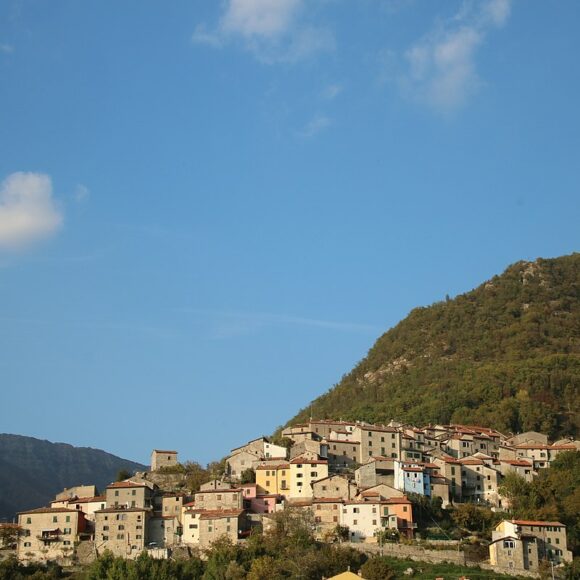
Vico Pancellorum
San Marcello Piteglio
stage 2
Vico Pancellorum
The small but pretty village welcomes and offers you a well deserved rest while, at the same time, fascinating you by the many works of contemporary art exhibited along its lanes. As you explore Vico, you can appreciate all the sculptures and paintings on exhibition here, the number of which increase every year when the annual festival takes place: The Artists' Week. This magical hamlet is unique also for the fact that it has its own language, the so-called Arivaresca dialect: it partly originated thanks to its tinsmiths, craftsmen who repaired pots and pans and who, craftily in order to not be understood, invented their own language, which has been passed down through the years, even up to today. The enigmatic Pieve di San Paolo, dating back to the 11th century, must not be missed; its peculiar allegorical motifs, carved into the facade's architrave, are most intriguing.
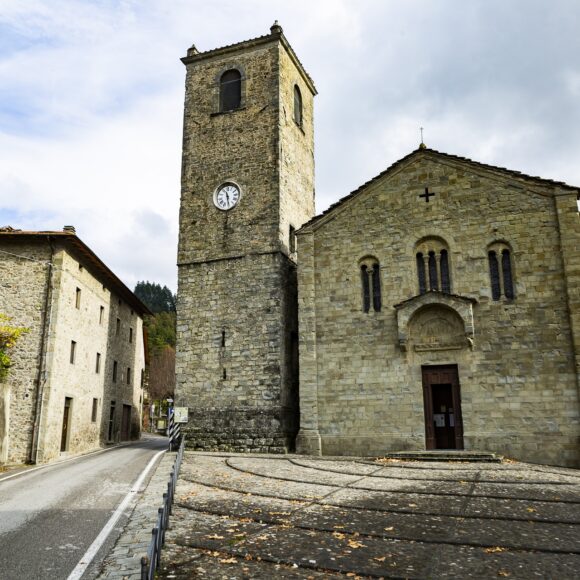
Popiglio
San Marcello Piteglio
stage 3
Popiglio
Once more following the 'Cammino di San Bartolomeo', we begin our second day which will be both tough and demanding. Most of the time, we will be in the midst of a thick wood of chestnut trees, crossing streams and plodding along cobbled paving. Shortly before coming to Popiglio, you come across the Masso delle Streghe - the Witch's Rock - and the Masso del Diavolo - the Devil's Rock - particular rock formations which are rich in legends.
The welcome you find at Popiglio refreshes you so you can now visit the Pieve di Santa Maria Assunta and the 'Museo Diocesano di arte sacra' - the Parish Museum of Sacred Art - before setting off again.

